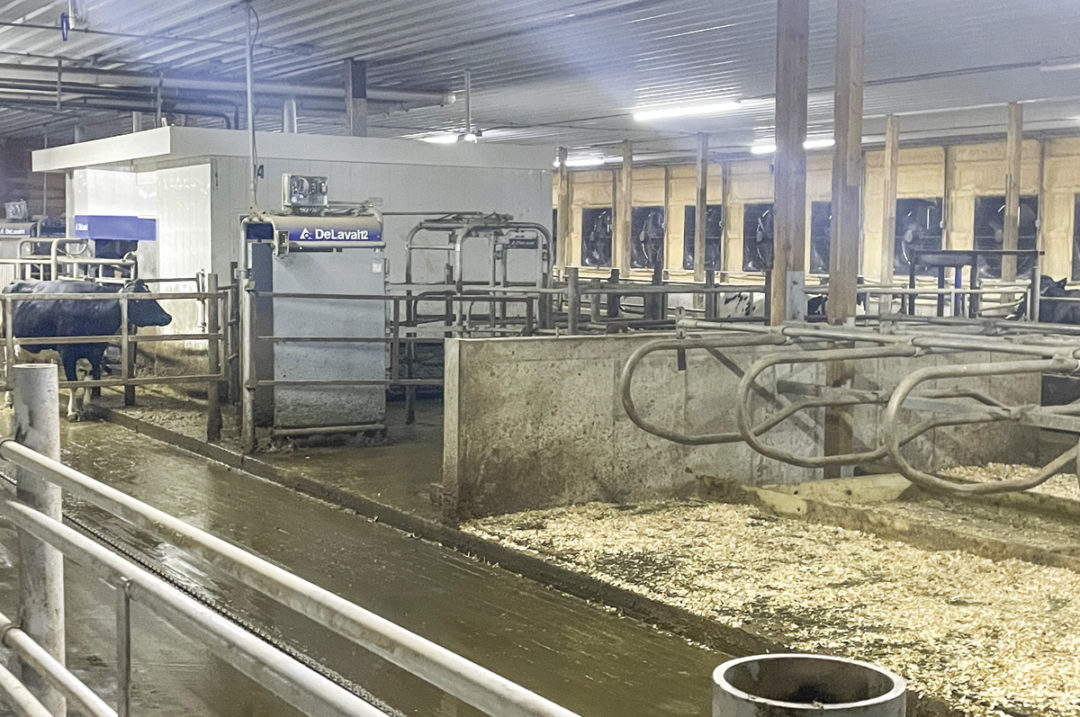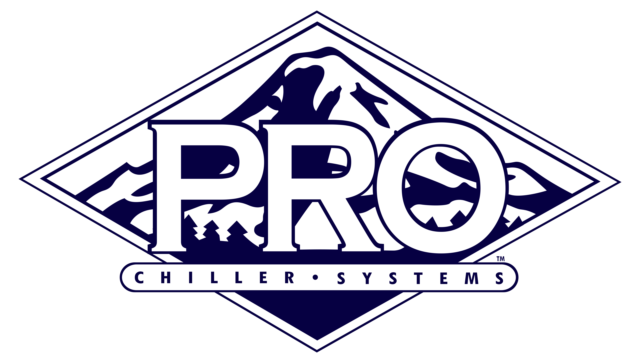To read this article in French, click here.
Have you ever had to learn a completely different way of doing a familiar task? Six years ago, a hip replacement demanded that I learn to put my socks on without bending my waist more than 90 degrees. If it does not sound difficult, try it. I learned to use a tool called a sock aid, a very simple tool that made it easy to do an otherwise impossible task.
I certainly do not mean to suggest that managing cows in a robotic milking system is as painful as a hip replacement. But, the transition to robotic milking will require learning new approaches to things, and the right tools can make the job a whole lot easier. Handling cows for herd health tasks is one area that requires a new approach. Sort gates and separation pens can be the right tools to help care for cows in a robotic milking system.
Why use separation pens?
It is important for herd managers to understand how to use sort gates and separation pens, but everyone on the team in the robotic barn, and especially those who handle the cows, should be familiar with the capabilities and limitations of the system. A.I. technicians can breed cows more efficiently if they understand how the cows they need are sorted. Veterinarians can plan their workday more effectively if they know what to expect from the sort system. Hoof trimmers can find times and places that bring them a constant flow of cows to trim without interrupting voluntary milking.
Many robotic milking facilities are equipped with sort gates to direct cows that need treatment to separation pens as they leave the milking station. Sort gates can be programmed to sort cows at specific times, on specific days and for specific reasons. For instance, one may opt to sort cows on breeding day according to an estrous synchronization protocol or when a sensor on the cow or on the robot indicates that the cow is in heat or at risk for mastitis. Separation pens can have stalls, feed, headlocks and even palpation rails to facilitate management tasks and ensure cow comfort. Cows may stay in the separation pen for robotic milking training, recovery from an injury or illness, or be there for a few hours to receive a treatment. The separation pen allows us to handle cows humanely and efficiently without disturbing the natural cow flow in the rest of the barn, which is key to any robotic milking facility’s success.
Sort pen specifications
Ideally, separation pens should be large enough and comfortable enough to hold cows for at least eight hours and provide access to feed, stalls and water. If cows are milked two-and-a-half to three times a day, those milkings might happen at any time during an eight-to-10-hour window. In order to inseminate those cows or administer an estrous synchronization treatment in the separation pen at a specific time, cows need to be sorted for that whole window of time. Plan separation pens with stalls and bunk space for four to six cows per robot. A pen with three robots should have a separation pen with 12 to 18 stalls. Consider frequency of herd checks and different activities that happen on the same day. If cows are sorted for dry-off and synchronization shots on the same day, more room is needed.
Many separation pens have gates that allow cows to go back to the robot for another milking. This can be done with sort gates that identify the cow and let her back to the robot if she has milking permissions or via one-way gates that allow access anytime. Free access back to the robot helps train new cows for frequent voluntary milking and allows trained cows to maintain their milking frequency.
Optimizing their operation
Separation pens can still be a valuable management tool even if they are not large enough or comfortable enough to hold cows for eight hours. Some managers prefer to have the barn staffed so cows can be handled shortly after they are caught so they can return to the herd. Some barn designs do not have enough space or the right cow flow to allow for a large separation pen. A gate can be programmed so that cows are only caught at a time of day when someone is available to handle them. If the sort starts as little as two to four hours before a planned treatment, unsorted cows can be fetched an hour before the treatment to make sure all the cows are in the separation pen when needed. These strategies will help work around the limitations of a separation pen that cannot hold cows for a longer time.
With parlors and rotaries, we know when each group of cows will be milked, and we can decide which cows to sort right up until the time the cows leave the parlor. In a robotic system, it is still possible to enter a sort decision right before the cow leaves the milking station, but it is usually not known when that will be. If a cow needs to be in the separation pen to breed, it must be known that she is in heat so the sort will be entered into the software before her next voluntary milking, approximately eight hours in advance. That is not a problem with morning and afternoon breeding strategies. Activity monitoring systems can help find cows in heat earlier. These sensors communicate with the robotic milking system so cows in heat are sorted automatically.
Finally, someone on the dairy needs to take ownership of the sort system. There needs to be a clear chain of control from determining which cows need to be sorted, entering the sort, completing the task in the separation pen, returning cows to their groups and clearing the sort from the system. Different people may put cows in the separation pen for different reasons at the same time. It is even possible that one cow could be sorted for two reasons. There needs to be clear communication throughout the process so cows are where they need to be, when they need to be there.
Sort gates and separation pens can save labor and make management tasks more efficient and humane, while avoiding disruptions in the herd. It is important that the facilities have enough capacity for the job and that everyone on the management team knows the capabilities and limitations of the system.
Back to my hip replacement. I know now that I waited too long to take care of it, literally limping along. Work with your dealer, equipment supplier and farm management team to get the most from your robotic milking and separation system sooner rather than later.







